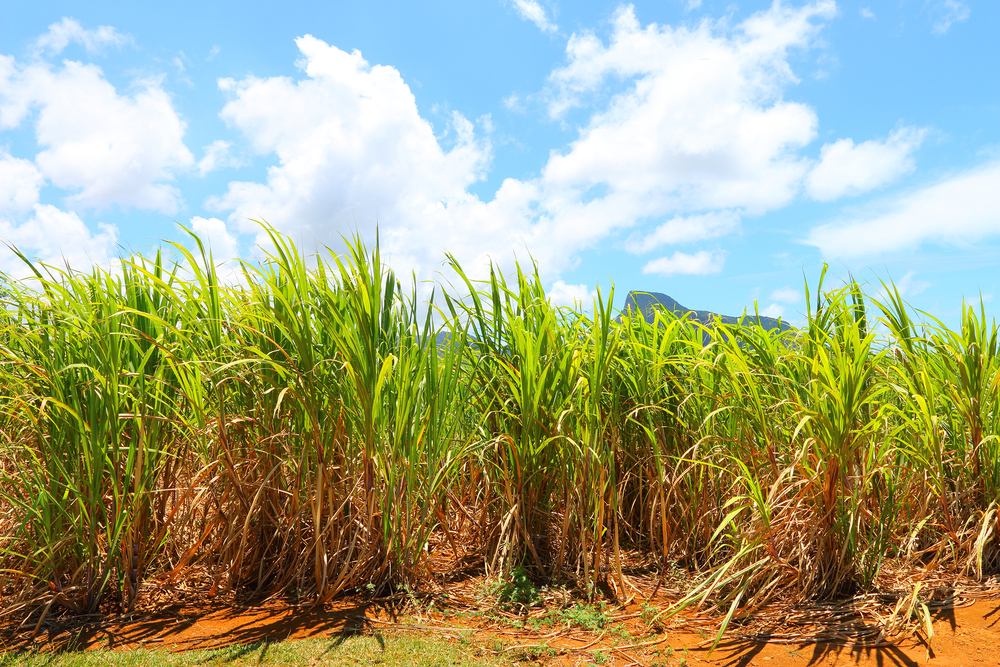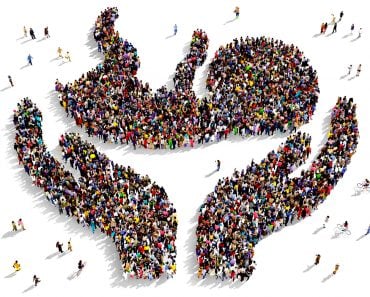The ratio of human survival and occupation of the planet has always been similar, but modern advancements have allowed those numbers to increase exponentially, so the difference has become more obvious.
10,000 years ago, after the last ice age, only a few million people lived on Earth. 9,000 years later, the population was still under 500 million. However, now, just 1,000 years later, the population is rapidly growing around the world.
When I last updated this article, the world’s population stood at 8.1 billion. However, it is predicted to reach 10 billion by 2050.
It is surprising that although there are 196 countries globally, most of the world’s population is concentrated in only two countries – India and China. In fact, 36% of people live in one of these two countries. But why is that?
Recommended Video for you:
How Humanity Spread Around The World
Humans have faced significant survival challenges throughout history, mainly due to the Earth’s conditions. After the last ice age, it took approximately 9,000 years for the global population to increase from a few million to 300 million.
Based on estimations, it is believed that the world’s population during this post-ice age period was around 4 million individuals living on the planet (Source).
This slow and steady growth shows how humanity gradually adapted and became resilient despite environmental changes over thousands of years.
Facilitating Agriculture
After humans migrated out of Africa, China and India became highly desirable regions for sustenance and survival due to their climatic conditions and the variety of crops available for agriculture. The favorable environment allowed for more successful hunting, gathering, and farming, resulting in higher survival rates and a more remarkable ability to support larger populations.

Around 1,000 years ago, Asia had a considerable advantage in terms of population, but the global population was similar. Birth and mortality rates were relatively consistent worldwide, with many not surviving to reproductive age, which was a natural restriction on population growth.
The inability to produce food on a large scale also hampered the sustainability of larger populations.
It’s essential to note that historical events such as wars and epidemics had a more profound and long-lasting impact due to the smaller global population, shorter lifespans, and limited resources in many regions. The challenges of survival and natural limitations on population growth shaped the dynamics of human civilization in various parts of the world.
Optimal Climatic Conditions And Geography
Environmental conditions and the world’s geography must have also been a major factor in this decline in population on the planet. There were vast areas of land that could not be inhabited, such as Antarctica and the Arctic Circle, and harsh deserts were there on every continent where agriculture could not grow.
Large mountain ranges, tropical rainforests, tundra, and high salinity areas did not provide an environment where plants could grow, and stable life was not an option. If these regions are eliminated, the vast land mass of the Indo-Chinese plateau remains one of the most uninterrupted and viable areas on the planet for growing crops.
Rice Cultivation
Choosing agriculture was also a big decision; rice cultivation and consumption tend to have a larger population. A rice field produces much more calories than a wheat or corn field. However, rice cultivation is a difficult business, so larger families required a built-in workforce to produce a good harvest each year. Naturally, this resulted in more children and a society with a calorie capacity to feed more people.

Advances In Medical Science
Medical advancements and improvements were significant in the 1800s when the world’s population reached 1 billion for the first time. However, subsequent advances in science, medicine, and agriculture have revolutionized how we live and feed the world.
As a result, people are living longer, and more children are surviving into adulthood and starting their own families. This has led to rapid population growth worldwide.
The rise of industry and large-scale agriculture has facilitated larger family sizes, and the division between urban and rural areas has given rise to more complex societies and cities.
This population growth trend has continued to this day, with Asia remaining the most populous continent on Earth due to larger family sizes and abundant food supplies.
China and India, in particular, have seen exponential population growth over the past 200 years.
While many other social, cultural, religious, and political factors are at play, the sheer size of their populations has contributed significantly to the overall increase in global population.
Asia now has over 51.5% of the world’s population, concentrated in just 19 countries. This clearly indicates the imbalanced nature of our planet’s population growth.
Last Updated By: Ashish Tiwari
References (click to expand)
- Hertog, S., Gerland, P., & Wilmoth, J. (2023). India overtakes China as the world’s most populous country.
- The Impact of Rice on Human Civilization and Population Expansion
- The Role of Geography in Human Adaptation
- How Has the Lower Boundary of Human Mortality Evolved, and Has It Already Stopped Decreasing?
- Coale, A. J. (1983). Population trends in China and India (a review). Proceedings of the National Academy of Sciences, 80(6), 1757-1763.













